HOME |EXHIBITION |STAGE | REPORT
8 Oceans: Deep Sea, Arctic, Earth and Life Activity

Oceans
Humans have explored the mysteries of the oceans, which cover most of the Earth's surface, from diverse perspectives and using various methods, and have lived off their abundant bounty. This exhibition introduces the latest exploration and research activities that challenge the unknown nature of the oceans under three themes: “The Deep Sea,” “Arctic,” and “The Earth.” It also presents perspectives on the relationship between humans and the oceans and environmental issues, incorporating the perspectives of artists.
Large-Scale Video
People and the Ocean
2025
6min 30sec
The Deep Sea
What part of the ocean constitutes the “deep sea”? The deep sea refers to ocean depths greater than 200 meters, and covers 95% of the entire ocean. And the Mariana Trench, the deepest in the world, is 10,920 meters deep. While the deep sea is extremely important for the Earth, man has long been unable to enter this high pressure realm. However, due to the efforts of scientists and engineers, this mysterious world is gradually becoming clearer.
At a depth of 1,000 meters, the temperature drops to 2-4°C, but below that, temperatures are mostly constant. The more this area is observed, the more we discover a robust life beyond our imagination.
Within this zone, the manned research submersible vessel, SHINKAI 6500 has taken the lead in international research for the past 35 years and has introduced the world of the deep sea as captured by scientists.
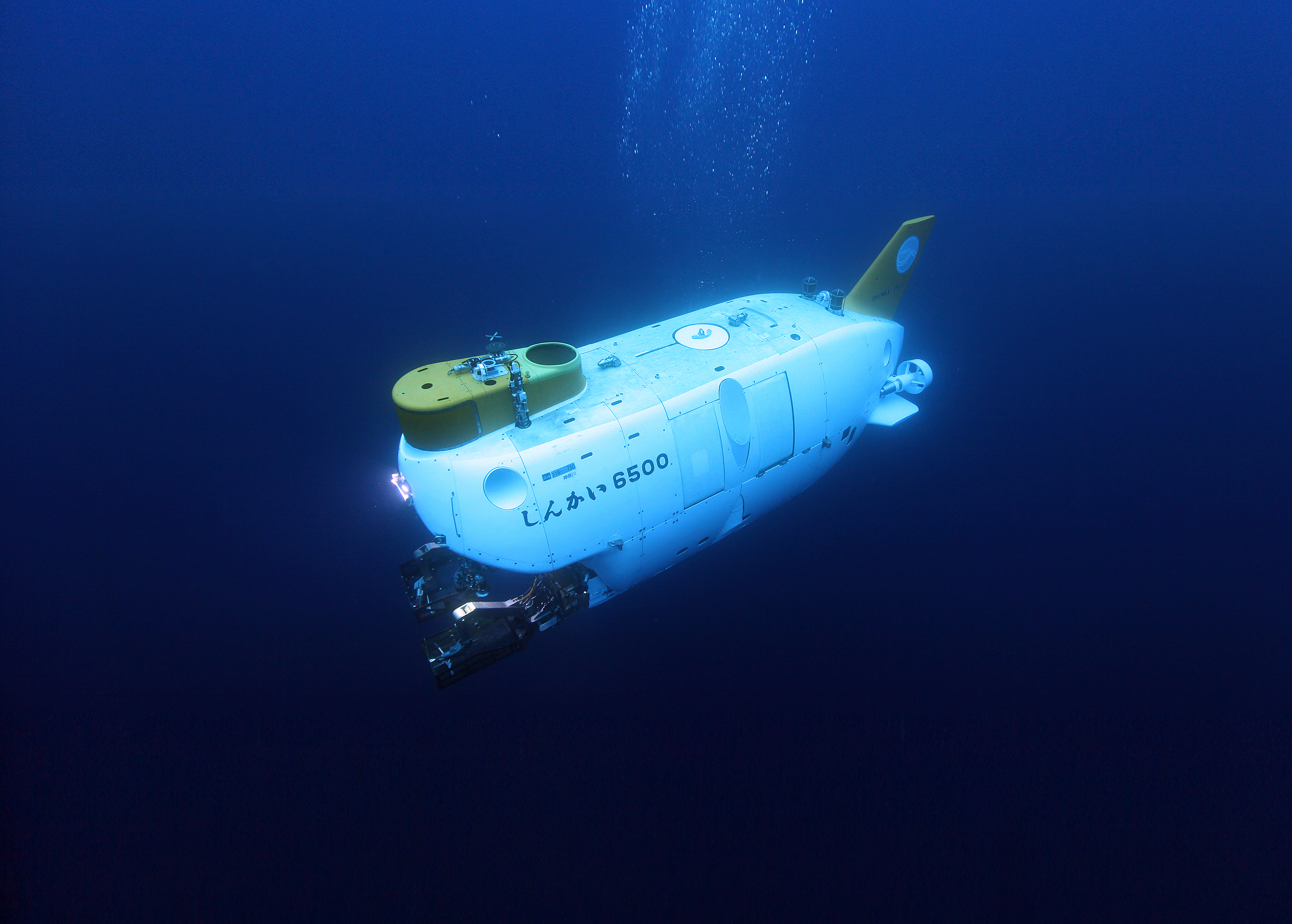
しんかい6500 ⓒ JAMSTEC
Exhibits
- Deep-sea Submergence Research Vehicle SHINKAI 6500
- Characteristics of hydrothermal vents
- Deep Sea Creatures
- Plastic in the Deep Sea
- What is the water pressure in the Deep Sea
ART
Mid Tide #3
Ryu Furusawa
2024
Staring at the slowly changing seascape and the movement of the waves, we are surprised to see its expression changed dramatically, after a while. Waves shot in the same location over a long period of time laps, show not just the ebb and flow of the tide, but the overlapping “layers of time” in the direction of depth. When the flow of time is “observed”, cut out and superimposed, various scenes are revealed towards us. It is a kind of different experience, differs from the flow of time as we know it. Let us consider the wonder of “observation” which transcends time and space.
Equipment Support: Sony Marketing Inc. (BRAVIA 8 K-77XR80)
Support: Project to Support Emerging Media Arts Creators
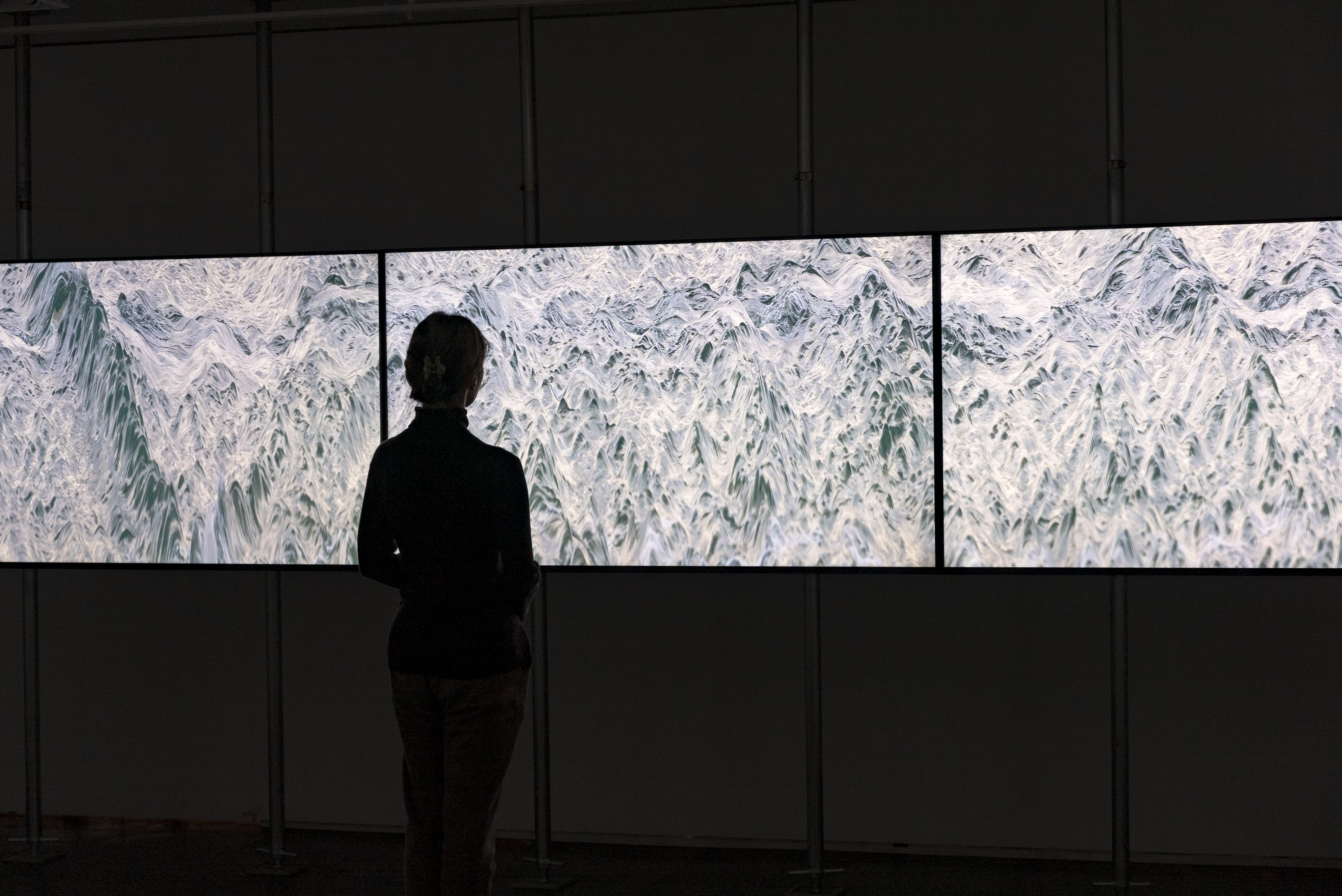
Arktis
When a person imagines the Arctic, perhaps polar bears on the ice come to mind. Mostly covered with ice, the Arctic plays an important role in cooling the Earth’s temperature.
While Antarctic ice is thick ice over the land, Arctic ice covers the ocean. It is thin, with an average thickness of 2-3 meters, and more vulnerable to the effects of global warming. The Arctic has lost approximately 40% of its area since the 1980s, and temperatures in the Arctic are increasing at a rate three times faster than that of the rest of the world.
Such changes in the Arctic environment have a major impact on the ecosystem and global climate. Scientists are now using state-of-the-art-research vessels to study the actual situation of the Arctic in detail.
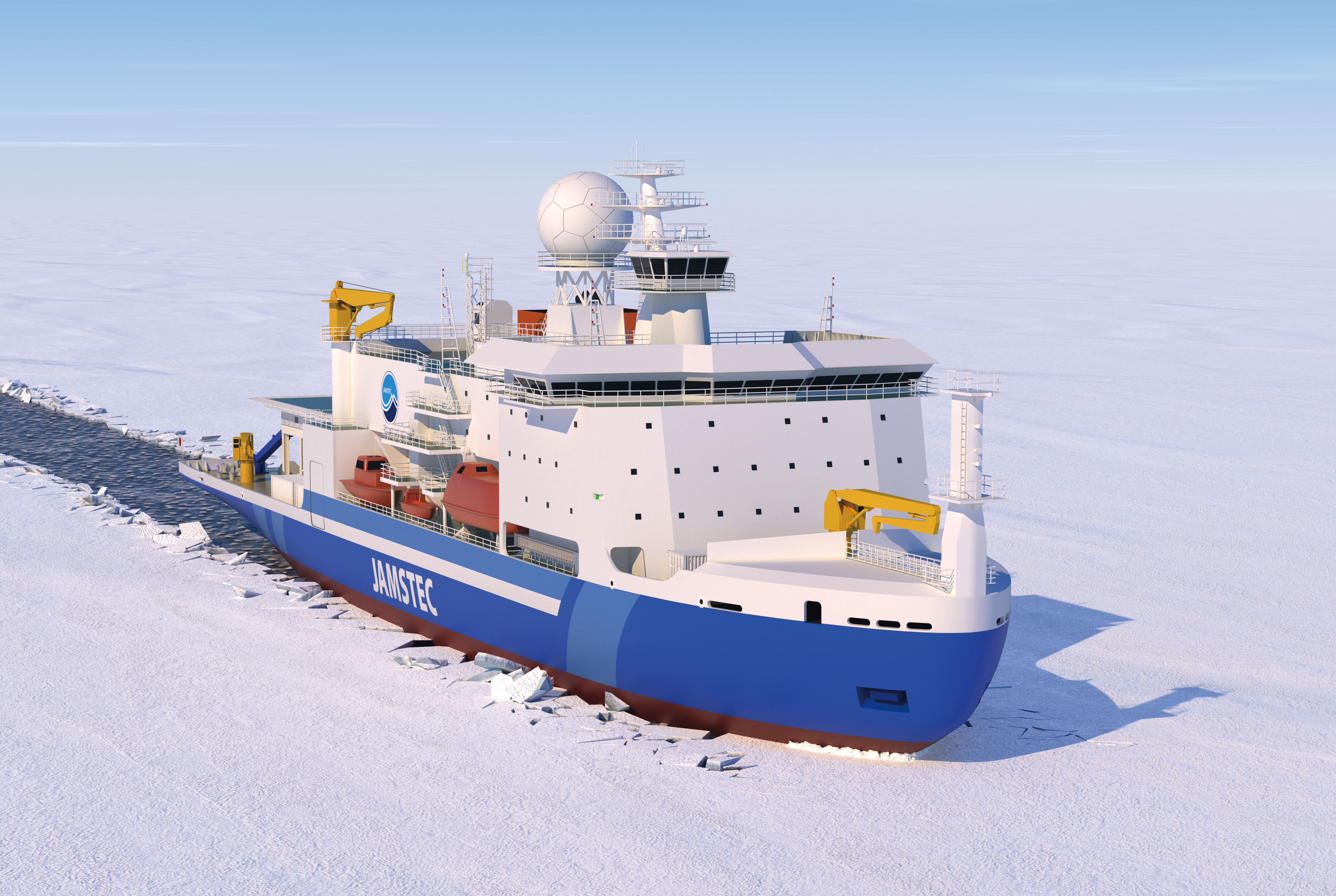
Arctic Research Vessel MIRAI II ⓒ JMU:JAMSTE
Exhibits
- Arctic Research Vessel MIRAI II
- Under-ice drone COMAI
The Earth
The blue Earth. Approximately 70% of the surface of the Earth, also known as the “water planet,” is covered by oceans. These vast bodies of water are strongly related not only to the environment and life on Earth, but also to the history and future of the planet.
With advancements in science and technology, man has been able to collect and utilize large amounts of information on the oceans from various perspectives. However,areas that can actually be observed, and for which information can be managed, are only a small part of the Earth.The Earth’s crust, the rocky layer that forms the seafloor and land, is only about 100 km at its thickest point, in other words, not even 2% of the Earth ’s radius. Man has barely delved into the Earth’s surface.
The crust of the seafloor is thinner than that of the land, and is approximately 10,000 meters (10 km) thick. Chikyu, the deep-sea scientific drilling vessel, uses its world top-level drilling capabilities to dig deep beneath the seafloor and explore the unknowns of the inner Earth.
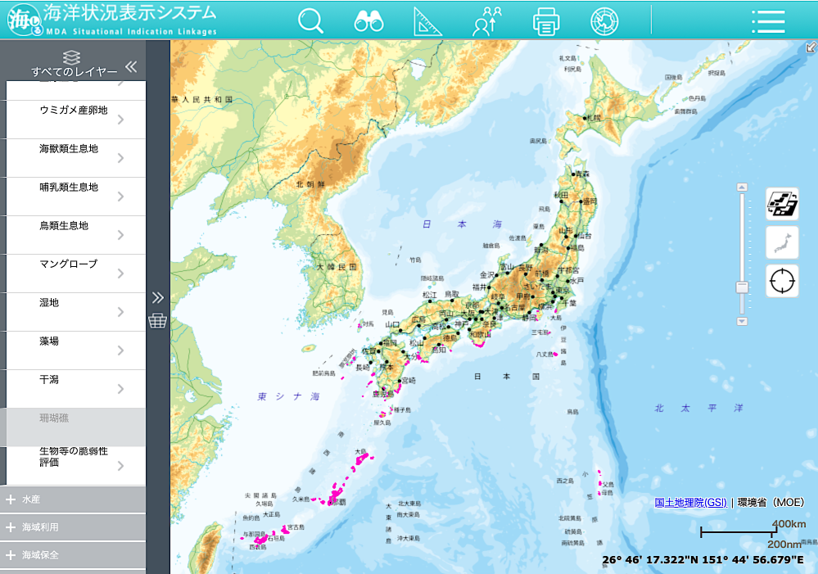
MDA Situational Indication Linkages
Exhibits
- Deep-sea Scientific Drilling Vessel CHIKYU
- Drill Bit of the Deep-sea Scientific Drilling Vessel CHIKYU
- Rare-earth elements and Yttrium rich mud
- MDA Situational Indication Linkages
ART
Tangible Earth(Sphere)
Shinichi Takemura
2025
Tangible Earth(Sphere) is the interactive globe which shows the “living Earth” in real time with a variety of visual movements. It visualizes clouds and typhoons captured by satellites, live images of cities around the world, continental drift over hundreds of millions of years, global warming, and many other data, bringing into our Earth as an “oasis in the universe.” When we look at it again from the perspective of the universe, we can feel the colorful variety of life ther
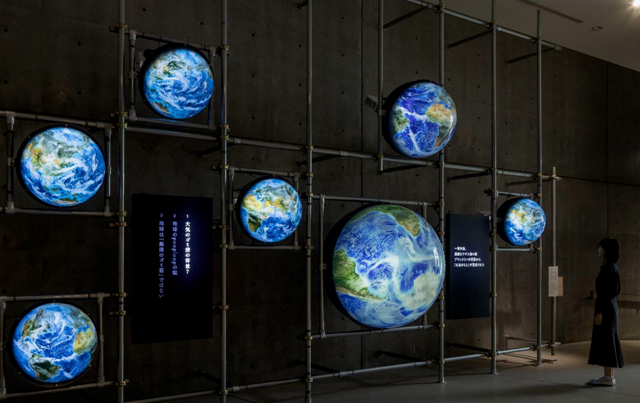
ART
The Drifting Tetralemma: Sea, Sky, Vessel, and Body
Yoichi Ochiai
2025
photo by Yoichi Ochiai
In 2024, media artist Yoichi Ochiai embarked on the French “scientific exploration ship Tara,” a scientific exploration of the world ’s oceans for the purpose of preserving marine life and the environment. In addition to photographic works inspired by the voyage, he has photographed many ocean-related objects and printed them by platinum prints, a method which is so stable photographic technique remaining indelible for hundreds of years. In the deep gradation of his work, he quietly captures moments that are constantly changing.
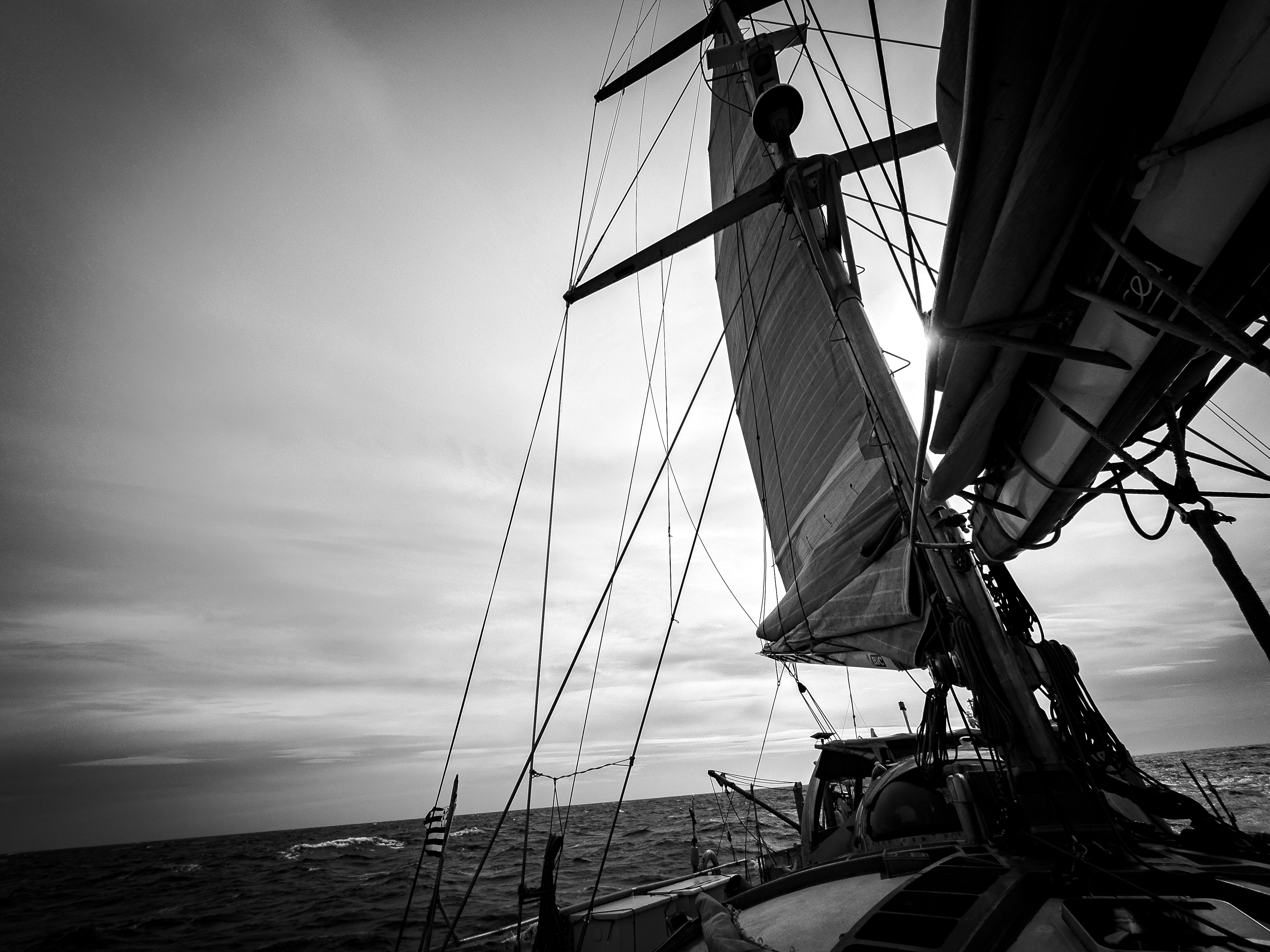
ART
Tara Europe Project
Ocean, Sway, Waves, and Preparing Tea
Yoichi Ochiai
2025
While aboard the scientific exploration vessel Tara, Ochiai considered about the “shaking,” which was different from our usual life, and released his “Tara Diary” on the Internet. In it, he wrote about “shaking with a frequency lower than that felt by the eardrums” and “the shaking of the ship and the hills. Also, his appearance on a live news TV program, on his work with the computer on the ship, which was rocking greatly, attracted widely.
*While aboard the scientific exploration vessel Tara, Ochiai considered about the “shaking,” which was different from our usual life, and released his “Tara Diary” on the Internet. In it, he wrote about “shaking with a frequency lower than that felt by the eardrums” and “the shaking of the ship and the hills. Also, his appearance on a live news TV program, on his work with the computer on the ship, which was rocking greatly, attracted widely.
ART
Liquid Universe II
Yoichi Ochiai
2024
Liquid Universe is a work that uses generative AI to express the changes of all things and their relationship to each other. Based on Ochiai ’s concept of “Digital Nature,” the AI-based moving images are constantly changing, as if seamlessly connecting the boundaries of tradition and innovation, mystery and science, material and immaterial, and marine life and dragons are born and disappear. The world ’s ebb and flow, without beginning or end, seems like as “Ouroboros serpent” connecting the quantum, the ocean, and our universe.
Provision of equipment and technical cooperation: SEIBIDOU
